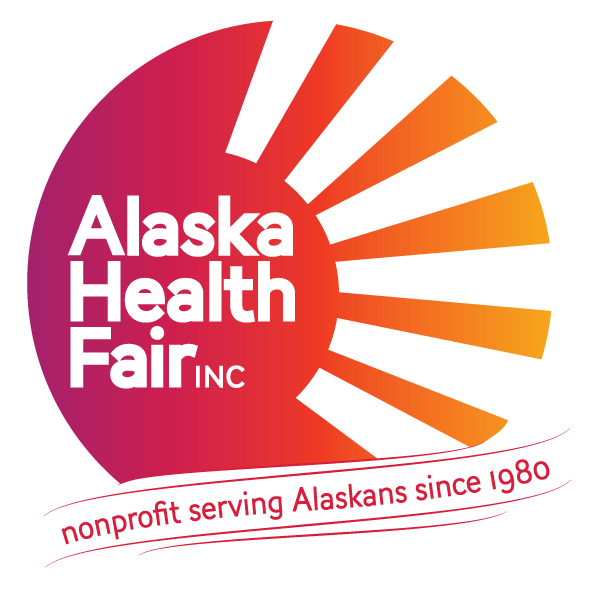In our fast-paced world, processed foods have become a convenient staple in many diets, favored for their accessibility and palatability. Processed foods are items altered from their natural state for safety or convenience. They range from minimally processed items like pre-cut vegetables to heavily processed products such as soft drinks and snacks.
Processed foods are typically ready-to-eat, require minimal preparation, and have extended shelf lives due to added preservatives. They often come in packaging with nutritional labels and ingredient lists featuring additives like emulsifiers, preservatives, colorants, or flavor enhancers.
The Appeal
The primary appeal of processed foods lies in their convenience. They are quick to prepare and consume, making them attractive options for busy individuals. Additionally, processed foods tend to be high in sugars, fats, and salts, enhancing their flavor and texture while also making them highly palatable. This combination of taste and convenience can make processed foods irresistible, despite their lower nutritional value. Processed foods are also widely accessible, available in various stores, ensuring easy access for all.
The Hidden Risks
While processed foods offer convenience, their consumption carries notable health risks due to their ingredient content:
High Fructose Corn Syrup (HFCS): A sweetener cheaper and sweeter than table sugar, added to enhance flavor cost-effectively. Regular consumption is linked to obesity, type 2 diabetes, metabolic syndrome, and fatty liver disease, which dramatically increases the risk for liver cirrhosis and cancer.
Trans Fats: Used to extend shelf life and improve texture, commonly found in baked goods and snacks. Trans fats increase the risk of heart disease, stroke, and type 2 diabetes by raising bad cholesterol (LDL) and lowering good cholesterol (HDL).
Sodium: Acts as a preservative and flavor enhancer, extensively used in canned soups, snacks, and ready meals. Excessive sodium intake can lead to hypertension, heart disease, and kidney damage.
Artificial Additives (Colors and Flavors): Make food visually appealing and ensure consistent taste. Some artificial colors are linked to behavioral changes in children, including hyperactivity. Certain artificial flavors may trigger allergic reactions and other health issues.
Preservatives (BHA, BHT, Sodium Benzoate): Prevent food spoilage, extending shelf life and maintaining safety. Some preservatives are potentially carcinogenic and can affect hormones, increasing cancer risk and causing reproductive issues.
Regular consumption of these additives can lead to chronic health issues such as obesity, cardiovascular disease, diabetes, and cancer. Processed foods often lack essential nutrients, vitamins, and minerals, potentially leading to nutritional deficiencies. The taste-enhancing properties can also lead to overeating, triggering pleasure centers without providing nutritional satisfaction.
Home-Cooked Meals: Healthier Ingredients, Enriching Experiences
Shifting from processed to home-cooked meals offers numerous advantages, from improved nutritional quality to enriching personal and social experiences. Here’s why making this change can be profoundly positive.
One significant advantage of home cooking is the control it gives over ingredients. This allows you to avoid harmful additives and excess sugars, fats, and salts common in processed foods. Instead, you can choose fresh, wholesome ingredients that boost your intake of vital nutrients, vitamins, and minerals, contributing to better overall health and preventing diet-related illnesses. You can opt for natural sweeteners like honey or maple syrup over high fructose corn syrup. Use healthier fats like olive or avocado oil instead of trans fats or highly processed vegetable oils. Reduce sodium intake by flavoring dishes with herbs and spices instead of relying heavily on salt.
Preparing your own meals can be a meditative and mindful activity. You can focus on ingredient quality and origins, understand the nutritional benefits, and appreciate flavors and textures. This leads to more thoughtful eating habits, promoting better digestion and satisfaction with smaller, healthier portions. Cooking at home also offers social and emotional benefits. It can be a communal activity involving family members, teaching valuable skills and strengthening bonds. Shared meal preparation leads to shared meals and deeper connections. Cooking with a partner can be intimate and cooperative, strengthening relationships. Finally, home-cooked meals create cherished memories, from special holiday dishes to simple family favorites. From the economic standpoint, buying ingredients in bulk, planning meals, and cooking at home can significantly reduce food costs while improving nutritional quality.
Starting Your Home Cooking Journey: Tips for Success
Embarking on the journey of home cooking is exciting, but it can also be life-changing. The key is to start small, setting manageable goals for a smooth and enjoyable transition. Here are practical tips to help you begin cooking at home with confidence:
Begin with Simple Recipes: Choose recipes with fewer than five ingredients, such as stir-fries, simple pastas, salads, or one-pot meals.
Organize Your Kitchen: A tidy, well-organized kitchen makes the cooking process smoother and more inviting.
Plan Ahead: Start by planning a few meals for the week. As you get comfortable, batch cook on weekends, preparing larger quantities that can be stored for the week.
Cooking is a Skill: It improves with practice, so each attempt is a step forward in your culinary journey.
Stay Inspired: Keep your motivation high by seeking exciting recipes from family and friends, watching cooking shows, or exploring food blogs.
In conclusion, choosing home-cooked meals over processed foods can have a profound impact on your health, offering benefits that transcend nutritional content. By preparing your own meals, you have control over what goes into your body. Every minute spent in your kitchen is an investment in your health and future, delivering dividends in the form of enhanced well-being and vitality. Embrace the journey of home cooking; savor the flavors, cherish the shared moments, and reap the health benefits. Here’s to a healthier, happier you—one delicious meal at a time!
About Alaska Health Fair & Our Events
AHF is a nonprofit delivering health fairs and affordable comprehensive blood screenings since 1980. May is the final month of our spring health fair season. After that, AHF will go on a short break and begin work on fall health fairs. Now is the perfect time to visit one of our remaining fairs, connect with local health and wellness resources, and take advantage of the affordable, comprehensive blood screenings (prices begin at $20). See event schedule and make appointment online (www.alaskahealthfair.org) or simply walk-in at any of our events.

